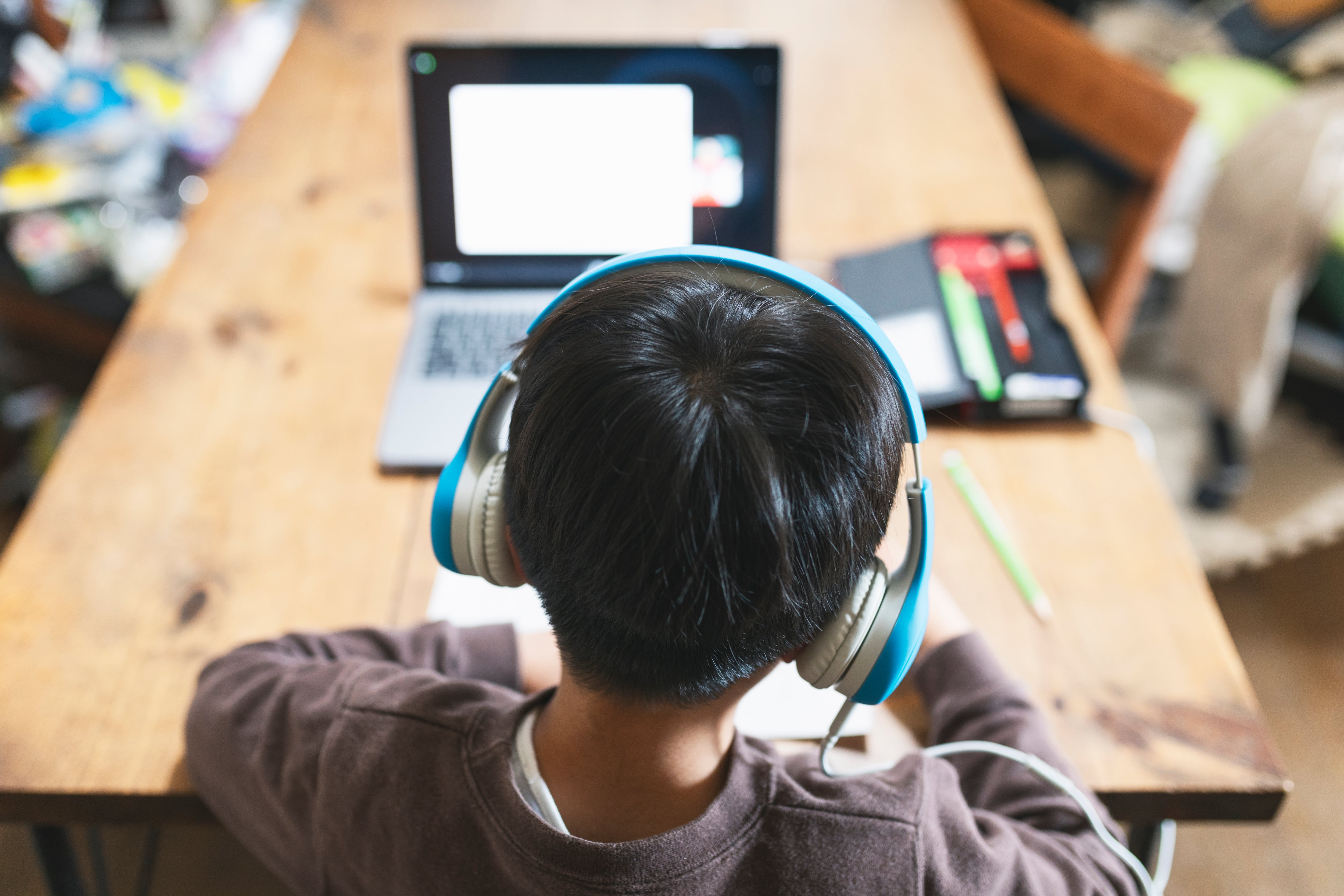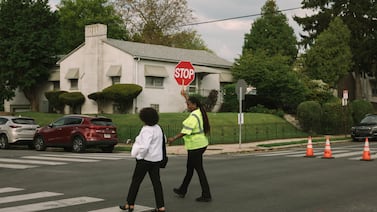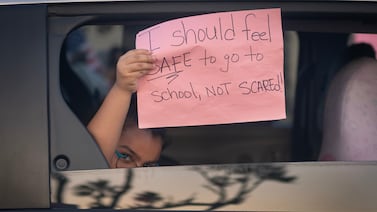Students will learn by live video during much of their school day, receive letter grades for assignments and classes, and have their attendance tracked daily under the newly released all-virtual fall plan for Chicago’s public schools.
For most students, the district is prescribing a combination of live instruction and more independent activities that will add up to six hours of learning a day, with teachers expected to be available to students and families during the entire school day.
District officials say that even as Chicago will stick with all-virtual learning, they aim to set higher expectations for both students and teachers in a bid to improve upon an abrupt, often rocky foray into distance instruction last spring.
The district will shift back to business-as-usual letter grades after a spring of giving students passes and incompletes in addition to more traditional grades. Schools will take daily attendance, monitoring how often and for how long both students and educators log onto the Google platforms all campuses are now required to embrace.
District leaders called the changes a move toward a more consistent and accountable approach.
“As we prepare for an unprecedented start to the upcoming school year, we’ve set clear expectations for students and staff to improve remote instruction and ensure that our students are supported and their unique needs are met,” said Chicago schools chief Janice Jackson in a statement, adding that parent feedback informed the plan.
At least one organized parent group has been lobbying the district for more live instruction and introduction of new concepts, saying remote learning in the spring was inconsistent and put too much of the burden of teaching on families who felt ill-equipped.
But the shift was bound to draw criticism from students and teachers who have said that the district should offer more flexibility and compassion to children, families, and educators still grappling with the economic and emotional fallout from the pandemic.
The city’s teachers union said in a statement Tuesday that the plan was drafted “without imagination or input from teachers” and that it lacked critical details, such as concessions for increased professional development for educators, training for families, and specific guidance for special education instruction.
CTU President Jesse Sharkey said the union filed the first in what will be a series of grievances on the issue. “We are demanding that CPS provide educators and students with the infrastructure necessary to conduct remote learning, and the increase of professional development time to allow for training and collaboration with parents, caregivers, and students on remote learning best practices,” he said.
On the eve of the plan’s release, the union had argued that the district is simply trying to squeeze an in-person school day into a virtual format instead of aiming for innovation that would make the most of the online medium. Some union leaders took to social media to question the district’s approach.
The district stressed that it is prepared to loan out more computers to families who need them after distributing more than 100,000 devices this past spring. Some families reported over the summer that, despite the giveaways, they still had to share devices among siblings, and some older machines from the district’s fleet didn’t function properly.
Here are some of the highlights of the new framework:
Live classes
Back in the spring, the district said teachers should aim to spend about four hours a day on instruction, but there were no set expectations to provide live video classes. Now, district leaders say they want all educators to engage with students in a live interactive format, using the Google Meet platform for hosting live classes.
The expectations for time spent in live video instruction daily range from 60 minutes for pre-kindergarteners to almost four hours for middle schoolers. High school students are expected to spend 80% of their school day in live classes. For the remainder of the time, the district wants teachers to open up opportunities for small group work and other peer-to-peer interaction.
The district says it wants teachers to turn on their computer cameras for live instruction and encourage students to do the same to make video classes feel more personal. Some educators struggled with persuading students to turn on cameras during such classes in the spring.
Grading
The district’s framework says officials expect a full return to letter grades. Most students will no longer have the option to get a passing rather than a letter grade and an incomplete instead of failing a class. This past spring, about 5% of high school classes resulted in an incomplete, with the expectation that students would make up work during the summer or in the fall. About 10% of elementary school students received incompletes in reading or math.
Some students and others took aim at the district’s grading approach, arguing an all-pass policy would be more mindful of the upheaval in students’ lives amid the coronavirus outbreak. But the district pointed to a marked increase in student participation after that grading policy was introduced in arguing that learning benefited from accountability.
Attendance
The fall guidance says that schools will take virtual attendance — and it will count. Last spring, many district schools monitored how often students logged onto their virtual platforms and how often they engaged with their teachers. But students were not required to log in, and as long as students did required school work, missing video classes and only rarely logging in didn’t count against them. Now, the district says it wants more consistent daily tracking of attendance, with students required to actively engage in daily instruction in each of their classes — and schools are to intervene if students’ attendance flags.
“This school year, it is essential that teachers, students, and families view remote learning as normal school,” the district’s plan reads. “Participation in remote learning is not optional.”
Educator expectations
Jackson stressed earlier in the month that fall remote learning would bring more “checks and balances,” including a return to an educator evaluation system, and that student academic progress must be protected. The district said Tuesday that teachers will be available “for the entirety of the school day,” but it did not offer more specifics. Teachers with young children have voiced concerns about how they will juggle classroom responsibilities and child care.
“Where is the flexibility for working parents—including thousands of our own members,” said Sharkey in reaction to the plan. “CPS needs to collaborate with both families and educators to unpack how we make this work together.”
Other highlights
The district says it is stepping up efforts to address the social and emotional well-being of students amid the pandemic’s upheaval. In addition to the grief curriculum, the district says it is working on adding virtual classroom activities to help students manage stress and anxiety. Schools are also expected to provide opportunities for daily physical activity to students.






